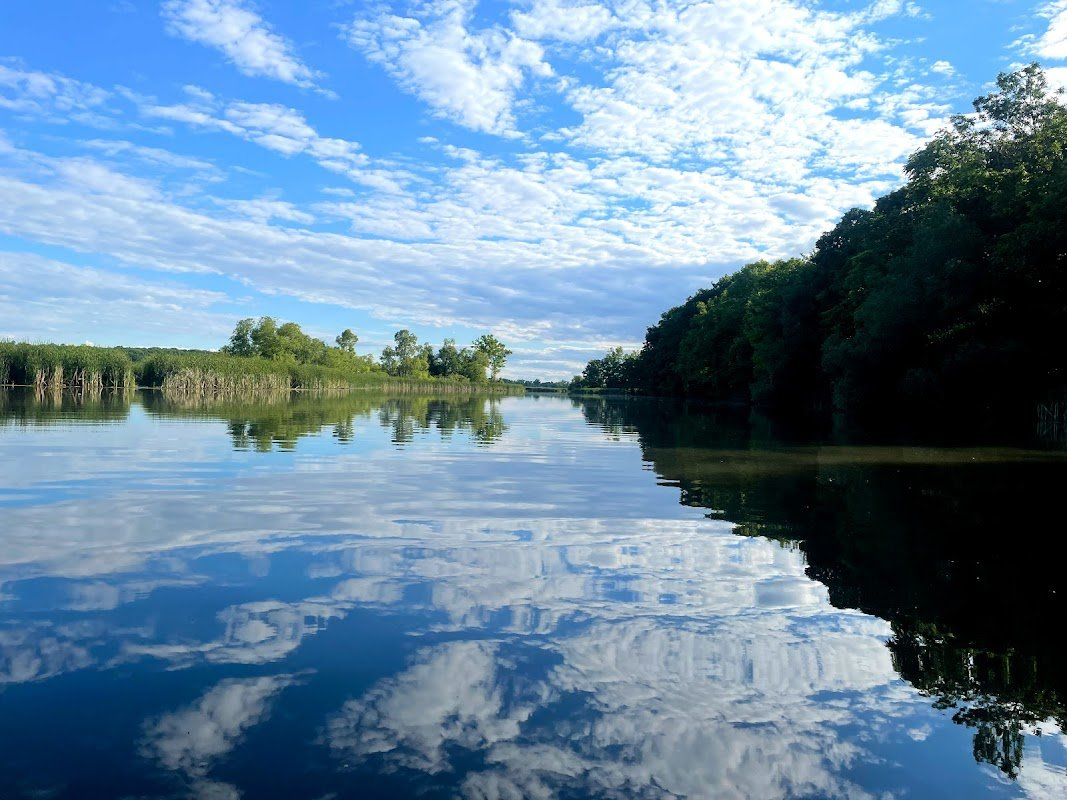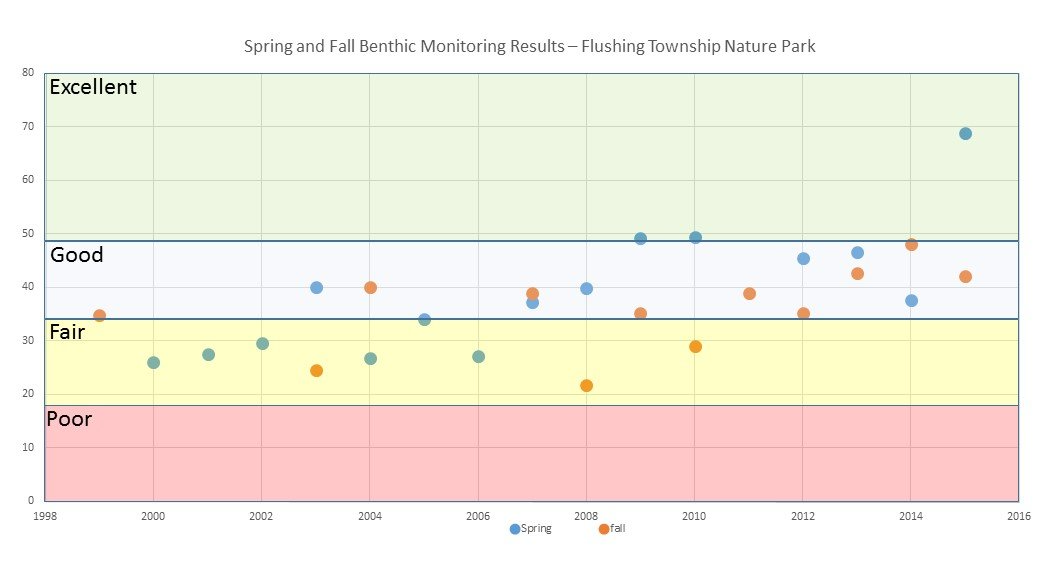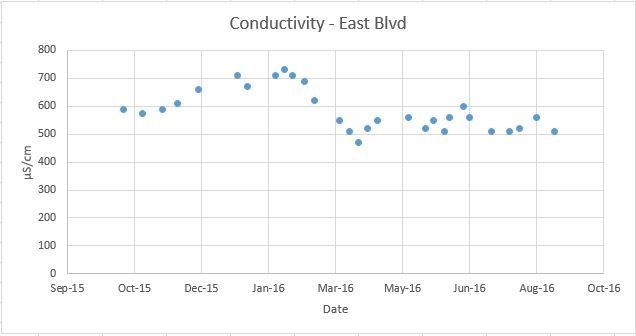Flint Water Crisis
While we love our Flint River and the healthy river system it has become, we would be remiss to ignore the negative feelings many still rightfully have surrounding it due to poor policy decisions in the past. The Flint Water Crisis created lifelong challenges for Flint residents, and lead contamination in the city’s drinking water supply has many questioning the quality and health of the Flint River. While the steps being taken to improve the city’s drinking water are essential, they are not enough. The Flint River Watershed Coalition is appalled at the condition of the city’s decision-induced drinking water crisis, and dismayed that the local, state, and federal agencies that are meant to protect our citizens and our drinking water failed so completely.
Unfortunately, news reports have erroneously made statements such as “the highly caustic Flint River” or “the river serves as an industrial sewer”. These reports simply do not accurately state the facts. The Flint River is a vibrant ecosystem that supports a growing population of species such as eagles and ospreys, who live along and hunt in the Flint River. Recreational opportunities in and along the Flint River are abundant, and we’re seeing higher numbers of users each and every year. Local support for the protection, promotion, and improvement of the river has never been stronger.
Simply put, the Flint Water Crisis was caused by poor policy decisions, not an unhealthy river.

Our
long term benthic monitoring
data
show an ecosystem with data scores that are consistently trending from “good” to “excellent.” Our data show a wide array of animals that live and thrive in the river across the entire 1,400 sq mile watershed. The graph below shows the compilation of results from one monitoring site, the Flint River testing at the Flushing Township Nature Park, which is downstream of the Flint Water Treatment Plant.

- Benthic Testing. 20 of our 35 monitoring sites consistently have at least two, and typically 3-5, of the ‘pollution intolerant’ species of macroinvertebrates. These indicators of good to excellent water quality would not live in these streams were it not for consistently high water quality coupled with excellent aquatic habitat.

- Conductivity. Recent testing of untreated river water (i.e. raw water taken directly from the river) by FRWC staff shows conductivity measurements (as a surrogate for corrosiveness) very near the recommendation for treated drinking water – 50-500 µS/cm. For comparison, sea water is typically 50,000 µS/cm
- Lead Testing. FRWC staff tested for lead over the same time frame as above. Each test showed no indication of lead in the river itself. Staff tested in three locations, including downstream of the waste water treatment plant. Results indicate the lead from the city’s water supply was not found in the Flint River in detectable amounts.
- Certified Lab Testing. To confirm our results, FRWC staff collected samples in accordance to standard lab procedures for Merit Labs in East Lansing, MI. In this first round of testing, we received the following results:
- Chloride Results: 49 – 86 mg/L (Federal Secondary Drinking Water Standard for chloride is 250 mg/L)
- Lead Results: 0 mg/L (Federal Primary Drinking Water Standard for lead is zero mg/L)
Interpreting the Results:
National Secondary Drinking Water Regulations (NSDWRs) set non-mandatory water quality standards for 15 contaminants. EPA does not enforce these “secondary maximum contaminant levels” (SMCLs). They are established only as guidelines to assist public water systems in managing their drinking water for aesthetic considerations, such as taste, color, and odor. These contaminants are not considered to present a risk to human health. The SMCL for chloride is currently 250 mg/L.
EPA Recommended Water Quality Criteria for Aquatic Life
- EPA acute concentration for chloride = 860 mg/L
- EPA chronic concentration for chloride= 230 mg/L.
- Source 1, Source 2
Treating river water for drinking water is very different from treating water from large, continuous bodies of surface freshwater, such as Lake Huron. Rivers generally contain a greater — and often varying — concentration of organic materials, such as decaying leaves and fish waste. These are naturally-occurring materials found in healthy aquatic ecosystems. Our data shows the Flint River is indeed a strong aquatic ecosystem. It was not the quality of the Flint River that caused the high bacterial levels, violations of the Safe Drinking Water Act for TTHM, the lead crisis and possible link to the Legionnaires outbreak.
It was improper treatment of the water, rather than the health of the river itself, that sparked the suite of issues with Flint’s drinking water. This failure to properly treat the water, coupled with the failure for local, state, and federal agencies to take action, has harmed our citizens and this invaluable freshwater resource. This is unacceptable.
We will continue in all of our efforts to protect, promote, and improve our beautiful Flint River. In the near term, we will continue our testing of the river on a regular basis to definitively demonstrate the river’s water quality, particularly in regard to chloride, conductivity and lead.
What can YOU do?
Join us in our benthic monitoring program this spring, donate to help us run additional lab tests, and hold accountable the public officials and agencies whose decisions led to the Flint Water Crisis.
The C. S. Mott Foundation produced a stunning video that captures the past, present, and future of our Flint River.
All Rights Reserved | Flint River Watershed Coalition | Site Designed by Behind Your Design


